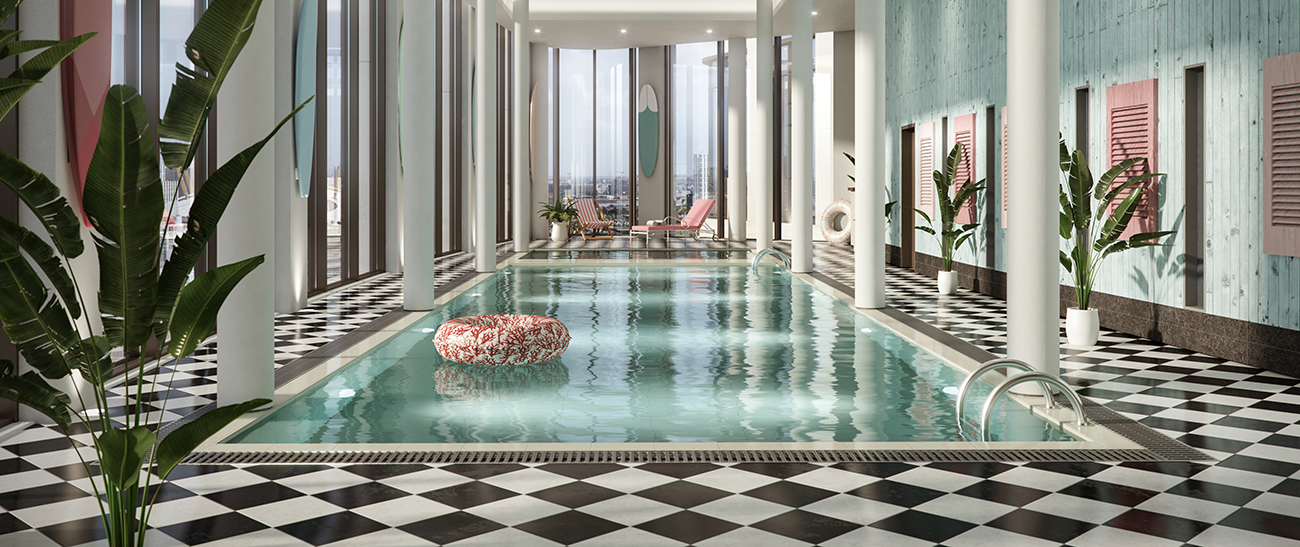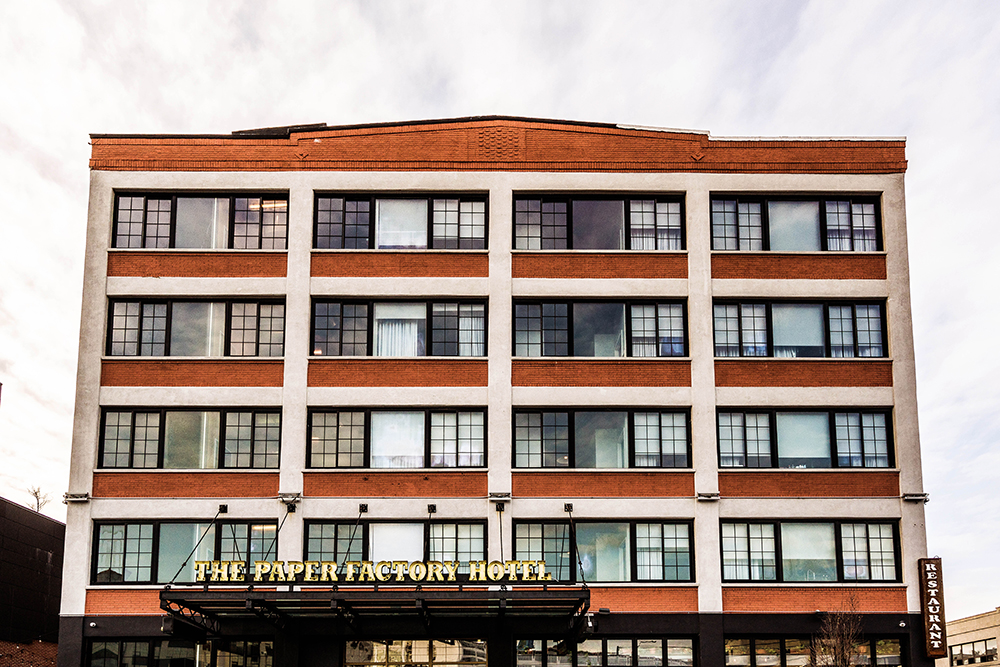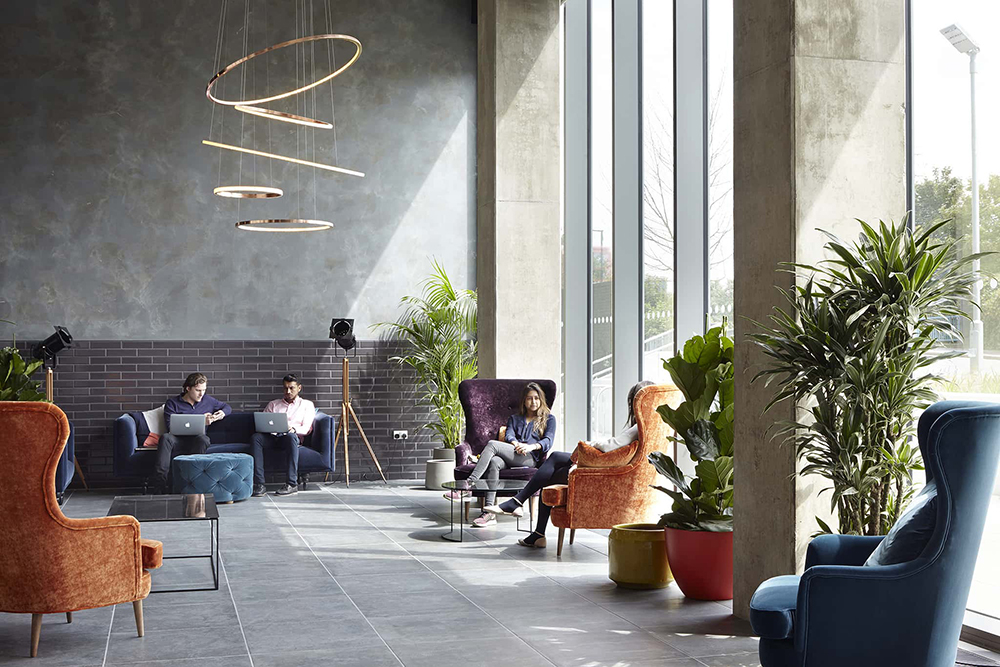
Co-Living: An Answer to Today’s Urban Housing Need?
juin 4, 2019 — The Big Picture
The housing providers of the 21st century have a lot of work to do. As the world becomes increasingly more convenient, connected and accessible, with a fast-accelerating shared economy, the housing market has barely evolved in meeting the ways we live and consume.
Work and cultural opportunities continue to increase demand for living in big cities like London and New York. Yet the majority of us are being systematically alienated from those opportunities, priced out on rent and availability. Even those that can afford soaring rents face different hurdles like broker fees, credit checks, furniture costs and utility bills, which can make the joys of living feel costly, arduous and archaic.
Due to the failures of urban housing, many are forced to give up their dreams of big cities and their perks, like prosperous job opportunities, decent schools, public transport, and ample entertainment choices. As a result, our urban centers become devoid of a strong middle class, who have fled to suburban and rural areas in the face of rising costs and very little choice in housing typology.

Co-living: historical ideal or possible future?
All throughout civilization, humans have congregated in living environments centred foremost on community, mutual care and shared resource. From the bathhouse to the artist commune to the idylls of Shaker villages, people have comfortably and willingly lived with less material provisions in service of more togetherness.
In today’s highly urbanized society, the majority of our global population is tragically underexposed to such living solutions, so our frame of utopic reference remains vague. All the while, architects and urbanists have dreamed of reintroducing the communal living environment back into society at scale.
At The Collective, we see co-living as the fastest path to urban centers that are more connected and focused on the personal and professional fulfilment of their people — where people know their neighbors and each building is its own microneighborhood, rooted in its surroundings, yet deeply self-nurturing.
Since 2010, we have been pioneers at the absolute frontlines of the co-living revolution. The Collective’s growing, global network of co-living buildings combines thoughtfully-designed private bedrooms with spacious, one-of-a-kind communal amenities that boast a rich program of cultural events to bring members together in shared experience. As the creative drivers of each step of the process — from planning, design and build to operations and programming — our innovative model combines the best of micro-housing, shared housing and the high-quality communal facilities often found in luxury buildings, to provide a choice in the housing market that is both unprecedented and highly viable for many.

Co-living offers better bang for your buck
While rent prices show no signs of slowing, co-living offers a more economical way to rent. Through smart design, co-living provides more value for money.
In The Collective’s model, personal bedrooms are reimagined to become more efficient, providing vast communal spaces elsewhere in the building for gathering, working, relaxing, creating and consuming.
Each of our locations aspires to offer a rich program of cultural events, which enable members to enjoy experiences alongside their neighbors — something that has never been possible with the traditional renting model. Co-living is about choosing a life where you don’t just rent an apartment, but also ample lounge areas, restaurants, bars, wellness programs, fitness studios, green space and in some cases, a nightclub, all on site.
All this is layered with additional intangible services that people seek to provide more convenience and comfort in their lives, so they can focus on their own individual fulfilment.
Contract inflexibility becomes a thing of the past
Our unique brand of co-living eradicates the high barriers and intimidations of traditional contracts. The anxiety of signing up for a 12- or 24-month lease term (and the steep fines you face for breaking it) no longer exist, as we give you the flexibility to join for a mere few days or weeks.
Co-living can also help with budget management. There’s no longer the fear of being blindsided by an unexpected utility cost, since co-living contracts roll everything into one bill. At each location created by The Collective, rent, Wi-Fi, all utilities, access to public spaces and cultural programs, and even cleaning services like linen change, are all included in one seamless monthly charge.
Giving people control so that they can enjoy life on their terms is one of the main factors behind co-living’s rise in popularity.

Why now?
The cultural changes and paradigm shift that ushered in the shared economy are inextricably linked to improvements in technology and increased social reach. The world of housing must now catch up.
Technology allows a flexible approach to renting in the housing market, which is valuable to our members, but also provides the ability to support changes in building communities as the people in a building come and go.
It provides an opportunity to create a flexible and resilient service philosophy that supports a ever-changing community. Improved building systems with better ventilation, exhaust and conditioning of air will allow for better building efficiencies that support the co-living typology.
What does a co-living building look like?
Our buildings look to support the existing neighborhoods and communities we enter through design, since we believe it’s beneficial to all to the strengthen existing ties and ideas alongside the development of new ones.
The ground floor of each Collective building is considered a public amenity we hope will make our neighbors feel encouraged to come in, enjoy our programs and mingle with us and our members. Outdoor green space is a priority, as we recognize the importance of building a connection to our natural landscape.
Co-living buildings provide a diversity of amenity types in program, scale and location to offer our members, their friends and the surrounding neighborhood variety, diversity and, ultimately, choice.
A new era of human connection
The busiest cities are categorically the loneliest. With people moving at a million miles an hour, working hours becoming longer, and interaction with neighbours dwindling, the benefits of human interaction are often sacrificed for routine.
At The Collective, we’re focused on introducing the unexpected and increasing diversity, so that our places become focused on a true exchange of thought, experience and perspective.
Vast spaces are beautifully designed to encourage interaction and shared learning. Drawing from the cultural vibrancy of the local areas, these spaces actually inspire people to talk to each other, to get to know their neighbors and to learn from one another.
Co-living creates communities within cold and unfriendly cities. We envision a future that promotes social cohesion and a modern idea of togetherness, fit for the 21st century.
Featured photo: The rooftop swimming pool at The Collective Canary Wharf, set to open July 2019 in London. © Horus Communications